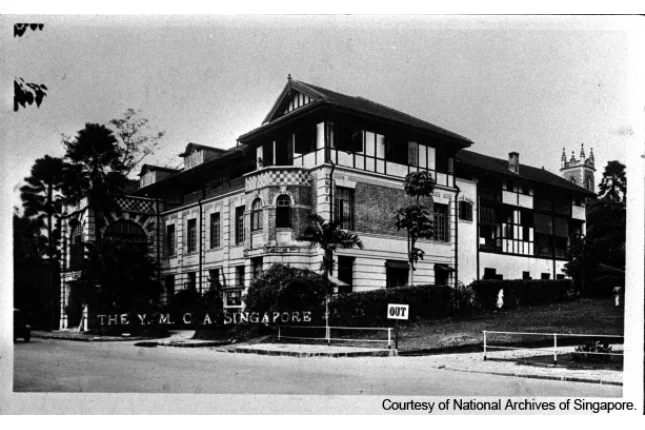When I started my PR career with Edelman Singapore in 1993, I was an anomaly—one of the first PR professionals hired without a degree. Of course, I went on to complete my bachelor’s degree in 1996.
While many pursued traditional mass communications programs, I chose a different route. I chose to take a business degree with a specialization in Public Relations. At the time, only two universities offered such an option for part-timers in Singapore.
It reflected my core belief:
Understanding business is fundamental to effective communication.
From the beginning, I saw public relations as more than just media coverage. It was about developing strategic communication that directly aligned with business objectives. The website, I realized, was not just a digital brochure, but a critical communication channel that could articulate a company’s vision, values, and value proposition.
In 2013, I was entrusted with revamping the corporate website of a major transportation company—a project with a six-figure budget. Today, the landscape has dramatically changed. My current Blue Lamb site was developed at a fraction of that cost, demonstrating how technological democratization has transformed web development.
Yet, despite reduced barriers to entry, the fundamental principles of website development remain unchanged. Even the most expensive web developer cannot substitute a deep, nuanced understanding of your business. Effective web design is about translating business strategy into a digital narrative that resonates with your audience.
Successful website development is not a linear process handed off to a technical team. It requires a strategic communicator who can act as a bridge between business objectives and digital execution. This means someone who can translate complex business goals into a coherent digital narrative, understanding both the technical possibilities and the strategic imperatives.

A web developer’s expertise lies in technical implementation, but they cannot inherently understand the nuanced communication goals of an organization. They need a communication strategist who can articulate the precise messaging, user journey, and content hierarchy that will effectively represent the business. This strategic input ensures the website becomes more than just a digital placeholder—it becomes a powerful communication tool that drives business objectives.
The collaboration between a business-minded communicator and a web developer is like a strategic partnership. One brings technical skills, the other brings strategic insights. Together, they can create a website that is not just visually appealing or technically sound, but strategically aligned with the organization’s communication goals. This approach transforms the website from a mere digital brochure to a dynamic platform that communicates value, builds credibility, and supports broader business strategies.
The Blue Lamb website embodies more than just digital real estate. It is a carefully crafted communication platform that speaks to the authenticity of our brand. Every element, from the layout to the content, has been deliberately designed to reflect our core values and business philosophy.
In my next sharing, I will dive deeper into the strategic considerations behind the Blue Lamb website. We’ll explore how a seemingly simple digital platform can become a powerful communication tool that goes beyond aesthetics.




